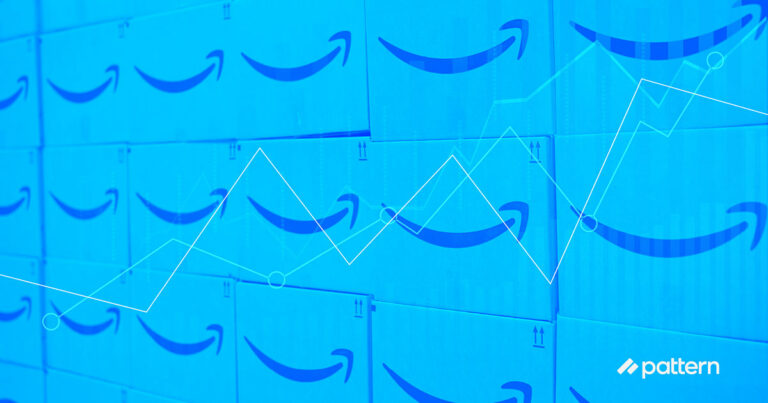It’s no surprise that the West is far behind China when it comes to ecommerce and social media, and livestreaming is no exception to this. According to research from Deloitte, livestreaming in China was expected to have accounted for $4.4 billion in sales in 2018.
Now more than ever, this new marketing tool is on the rise. Below we explain how livestreaming in China works, why it resonates in the Chinese market and how Western brands and retailers can incorporate the new marketing channel as part of their strategy.
How livestreaming works
Livestreaming is the airing of a real-time show to a live audience, typically through a social media platform via a smartphone. Brands use the broadcasting channel as an effective ecommerce tool to engage with their audiences through popular Chinese platforms such as Taobao Live and Weibo Live.
Marketers employ celebrities and key opinion leaders (KOLs) to showcase products, describe their functionalities and demonstrate usage of products via livestream. The audience can ask questions and take part in conversation, which helps to create an interactive, highly engaged brand experience whilst maintaining authenticity due to the unedited format of the shows.
Why livestreaming resonates in the Chinese market
The number of unique visitors of live streaming in China reached 396 million in 2018 and is expected to have grown since. Although fashion and beauty remain the most popular livestreaming categories in China, there are no rules as to which categories can join in on the trend. From beauty tips, to fashion hauls, to sharing recipes, niche categories such as health and wellness have also grown in popularity.
In fact, Chinese consumers desire trust and product provenance when shopping for goods. So no matter your product offering, selling your brand story and educating customers on where your products originated from and their benefits and attributes is a growing movement that has meant livestreaming resonates particularly well in the Chinese market.
How has livestreaming in China grown during COVID-19
With countless companies now offering a livestreaming service, many ecommerce sites are transforming into social platforms. This method of marketing was already proving popular with certain categories, but the COVID-19 lockdown in China saw an explosion in livestreaming that’s here to stay.
Alibaba says that its Taobao Live platform saw a massive 719% month-on-month surge in first-time livestreaming merchants in February, as the lockdown took hold. In late 2019, 350,000 hours a day of Taobao Live programmes were being watched by Chinese consumers. This rose sharply during lockdown, and Alibaba says that the number has not fallen back to pre-COVID levels though physical stores have reopened.
As an authorised Tmall Trade Partner, we successfully employed livestreaming for several of the brands we trade – both to feature our brands within multi-brand shows, and shows that are dedicated to our products and are presented by our own team. We have achieved a 27% daily sales uplift with regular 3-hour livestreaming sessions for one of our brand partners; and are now streaming shows for more of our brands.
Our Tmall Trading Guide explains more about the importance of driving Tmall traffic from off-platform channels to build customer awareness and new customer acquisition of your brand.

How Western brands and retailers are catching on
Unlike in the West where livestreaming platforms have typically been reserved for gaming and entertainment purposes, Chinese consumers see livestreaming as an essential part of their shopping journey and as an opportunity to discover new products.
Digital teleshopping isn’t an entirely new phenomenon in Western ecommerce, but new technologies have enabled brands to connect with customers in a more exciting and engaging way. In February 2019, Amazon rolled out its “Amazon Live” shows in the US where brands can host to a live audience and present products for sale on the marketplace with direct links to product listings displayed on screen.
More recently the beauty industry has been moving fast to incorporate shoppable livestreaming, with L’Oreal Group and Estee Lauder Companies hosting their first live events during the COVID-19 pandemic. Praising livestreaming as a way to connect content and commerce, their brands have seen a massive uptick in sales.
Although Western brands and retailers have been slower to adopt and seize the potential of livestreaming marketing, with many praising influencer marketing on social channels as a strategy to drive revenue, we can expect to see more brands and retailers catching onto this opportunity in the near future.
China continues to be a lucrative land of opportunity for brands who have invested to develop a strong brand awareness and localised proposition. Livestreaming in China has become embedded in digital marketing models, particularly now when consumers are more engaged online. As global digitalisation accelerates, Western brands should seek to create new and innovative offline shopping experiences online in order to provide inspiration to purchase.
To talk to us about how we could help to profitably grow your Tmall sales – or with optimising specific online channels such as your D2C site – don’t hesitate to contact us.



